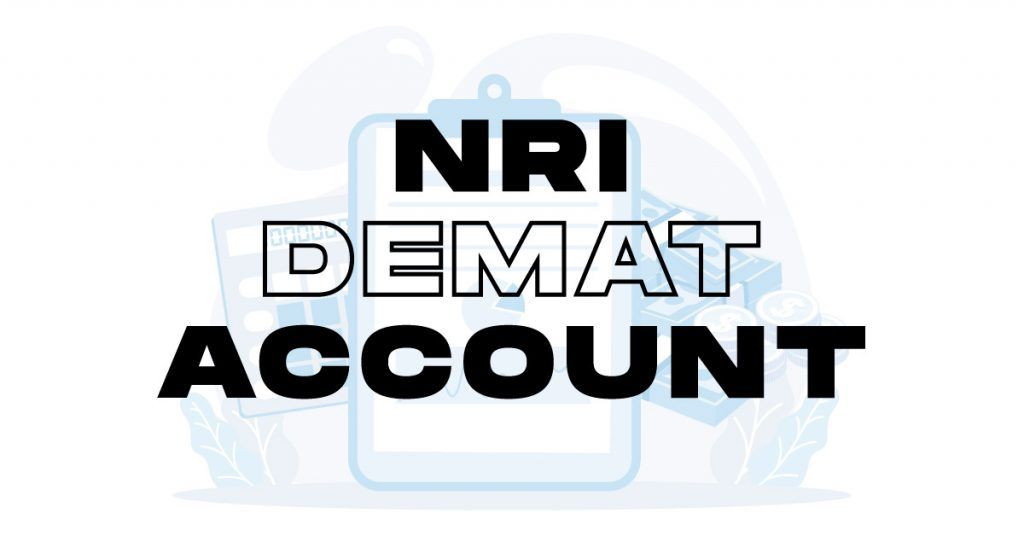What is Lot size in an IPO?
Written by Upstox Desk
Published on July 31, 2025 | 5 min read

There are several aspects of IPO that investors should be aware of. One of them is the IPO lot size. In this blog, we will cover several aspects related to the Lot size in the IPO.
Before moving ahead, you need to know the meaning of different terms as mentioned below:
Minimum value:
Minimum value refers to the least value or amount of applications that retail investors can apply. Suppose you are from the category of Retail Institutional Investors. In that case, your application’s value must be equal to or greater than the minimum value to be accepted by the issuing company. For example, a company issuing IPO provided a range of Rs 10,000 - Rs 15,000 for 1 lot of shares. Now, investors can not bid or submit their applications below Rs.10,000. Any application below ten thousand rupees will not be accepted.
Maximum value:
Maximum value refers to the utmost value or amount of applications investors can apply. If you’re from the retail investor’s category, your application’s value must not be greater than this value. Let’s say a company offering its shares for the first time offered a price range of Rs 20,000 - Rs 25,000 for 1 lot of shares. Let’s say an investor wishes to invest Rs.30,000. Now it is not possible to bid for shares worth Rs.30,000 rupees. Either he can apply for 1 lot, i.e. between Rs.20,000 to Rs.25,000, or he can apply for multiple lots such as 2 lots (Rs 40,000 - Rs 50,000), 3 lots, 4 lots and so on.
Cut-off time and date:
There is a specific period defined by the companies issuing the IPO. All the applicants must submit their applications before the specified date and time to be considered.
Tick-size:
Tick size in an IPO can be described as the minimum price change or a minimum gap between two prices, i.e. bids and offer prices.
Lot size meaning in IPO
A lot of size in an IPO refers to the number of shares pre-determined by the issuing company that investors/applicants can apply for in an IPO. Different companies may have different lot sizes. Each company decides on it before the issue and mentions it in the application forms. But there is an option of applying the multiplication of lot size if investors/applicants wish to bid for more shares.
How do you calculate the lot size in an IPO?
Let’s learn how to calculate it with an example. If an investor wishes to buy shares more than what is specified in the IPO lot size. Then, he will have to apply in the multiples of it. So let’s say X ltd specified its lot size as 205 shares. So now investors can not apply for 1 share, 10 shares, 100 or even 200 shares. He will have to bid for at least 1 lot to be considered, i.e. 205 shares.
If he is willing to buy more shares, he can only apply in multiples. For example:
1 lot = 205 shares
2 lots = 410 (205*2) shares
3 lots = 615 (205*3) shares
4 lots = 820 (205*4) shares
and so on.
What is the minimum order quantity in an IPO?
The minimum order quantity is the same as the market lot. It is the minimum order an applicant can place while applying for the shares in the IPO issue. Applications below the minimum quantity set by the issuing company are rejected.
As we see in the above example, the minimum order quantity below which applications would not be accepted is 205 shares. However, investors can apply in multiple lots.
How much value of shares can investors apply in the IPO issue?
The Securities Exchange Board of India (SEBI) has set limits for various categories of investors. Retail Individual Investors (RII) can submit bids for shares for not more than Rs 2,00,000. However, High-Net-worth Individuals or Institutional investors can place bids for more than Rs 2,00,000.
Can investors change the Lot size?
The answer is yes, but the condition is only after application once the order has been placed and executed. However, if you belong to the Non-institutional Investors category, your application can only be revised, i.e. it can not be withdrawn.
For this, you may proceed to the Order Book. Next, you must select your Transaction ID for further information. You may see the option for withdrawal or reviewal of it. Finally, you can make the desired modifications.
Can investors get multiple lots in an oversubscribed IPO?
In case of minimal oversubscription, all retail investors usually get at least one lot of shares. If a few bunches of shares are still left, they are distributed on a pro-rata basis. So it can be said that you may or may not get multiple lots depending upon the size of the oversubscription.
Frequently Asked Questions (FAQs)
Q. What is the minimum IPO amount?
It refers to the amount below which applications of investors applying for a company’s initial offering are not accepted.
Q. What is the Initial Public Offering price range?
It refers to the price range (minimum and maximum values) within which applicants submit their bids.
Q. What do you mean by a lock-in period in an IPO?
It refers to that period, usually after an initial offering, when insiders of companies can not sell the stocks. It typically lies between 90 days to 180 days.
About Author
Upstox Desk
Upstox Desk
Team of expert writers dedicated to providing insightful and comprehensive coverage on stock markets, economic trends, commodities, business developments, and personal finance. With a passion for delivering valuable information, the team strives to keep readers informed about the latest trends and developments in the financial world.
Read more from UpstoxUpstox is a leading Indian financial services company that offers online trading and investment services in stocks, commodities, currencies, mutual funds, and more. Founded in 2009 and headquartered in Mumbai, Upstox is backed by prominent investors including Ratan Tata, Tiger Global, and Kalaari Capital. It operates under RKSV Securities and is registered with SEBI, NSE, BSE, and other regulatory bodies, ensuring secure and compliant trading experiences.

























